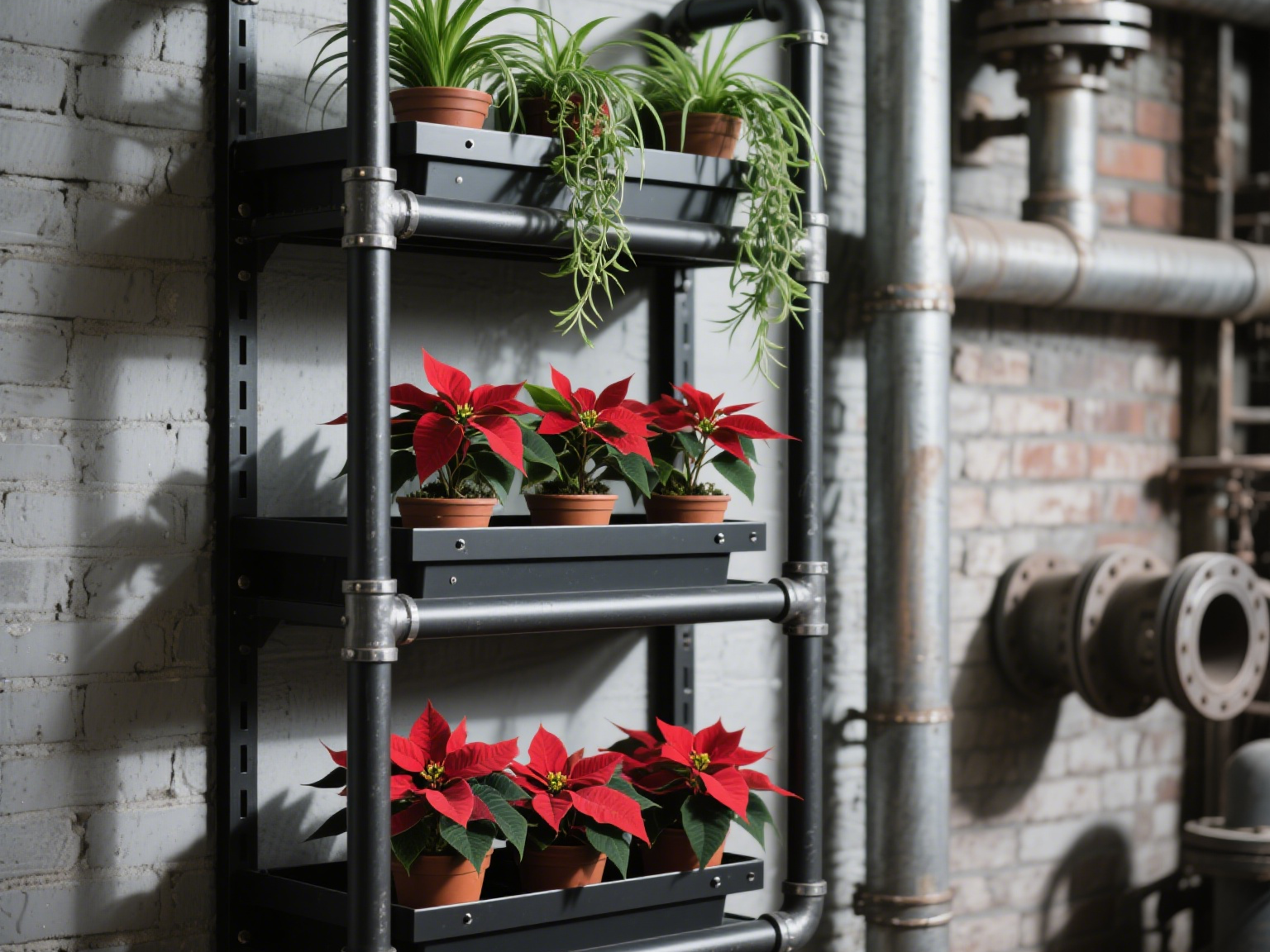In modern life, where both aesthetics and functionality are highly valued, PVC fences have become a common protective facility in courtyards, residential areas, schools, and other places due to their rich colors, strong corrosion resistance, and economic cost. However, if you want PVC fences to stand firm and safeguard safety for a long time, it is necessary to take multiple aspects into consideration and comprehensively enhance their sturdiness.

The selection of materials lays the foundation for the durability of PVC fences. High-quality PVC materials should have appropriate density and impact resistance. When selecting materials, you can initially judge by observing whether the color is uniform and the texture is fine. PVC materials with too high a density are brittle and prone to cracking due to their poor toughness despite high hardness, while those with too low a density lack sufficient strength to withstand external impacts. At the same time, pay attention to the specification matching of each component of the fence. The diameter and wall thickness of the columns should be compatible with those of the horizontal and vertical bars. For example, in courtyard PVC fences, the diameter of the columns is usually 60 – 80 millimeters, and the wall thickness is 2 – 3 millimeters, so as to form a stable structure after assembly. In addition, the addition of reinforcing materials is crucial. Some high-end PVC fences incorporate glass fibers or carbon fibers into the raw materials, effectively enhancing the overall strength and deformation resistance, just like putting on a sturdy “armor” for the fence.
The installation process is the key to ensuring the sturdiness of PVC fences. Any oversight of details may lead to potential hazards. Before installation, level the installation site, remove debris and gravel, and ensure the ground is solid. For fixing the columns, choose appropriate methods according to different ground materials. When installing on soil, first dig a foundation pit with a depth of 40 – 60 centimeters, place the column, and then fix it with concrete. Install other components only after the concrete has completely set. When installing on a cement floor, use expansion screws to fix the columns. The drilling depth and screw specifications should be strictly in accordance with the product manual to ensure that the screws can be firmly embedded in the ground, providing stable support for the fence. When assembling the fence components, all connection parts should fit tightly. Whether it is snap connection or adhesive bonding, ensure that the connection gaps are uniform and tight. For snap connections, check whether the snaps are fully inserted into the slots and if there is any looseness. For adhesive bonding, use special PVC glue, evenly apply it to the connection surfaces, apply appropriate pressure after fitting, and ensure that the glue fully fills the gaps to form a firm connection.

Maintenance during daily use is also an important means to maintain the sturdiness of PVC fences. Although PVC materials have good corrosion resistance, when exposed to the outdoors for a long time, they will be eroded by natural factors such as ultraviolet rays, wind, and rain. Ultraviolet rays will age PVC materials, gradually making the surface brittle and faded, reducing the strength of the fence. Therefore, periodically apply special PVC protective coatings to the fence to form a protective film on its surface, effectively blocking ultraviolet rays and slowing down the aging process. At the same time, regularly check the connection of each component of the fence, check for any looseness of the snaps or cracks in the adhesive joints, and repair any problems promptly. In case of severe weather such as strong winds and heavy rains, conduct a comprehensive inspection of the fence after the weather clears up. For components deformed or displaced by external forces, correct and reinforce them in a timely manner. In addition, avoid collisions with sharp objects to prevent scratches and damage to the surface, as these minor damages may gradually expand during subsequent use and affect the overall sturdiness of the fence.
To make PVC fences more durable, it is necessary to strictly control the material selection, carefully complete the installation process, and carry out long-term maintenance. Only when each link is properly executed can PVC fences remain stable over time and continuously provide safety protection and aesthetic decoration for people’s lives.
